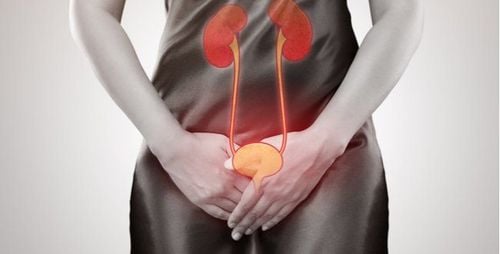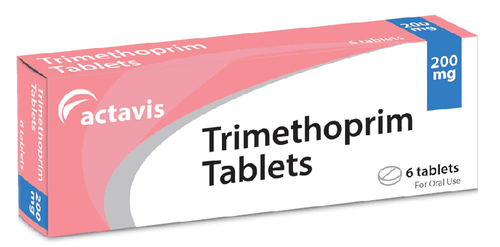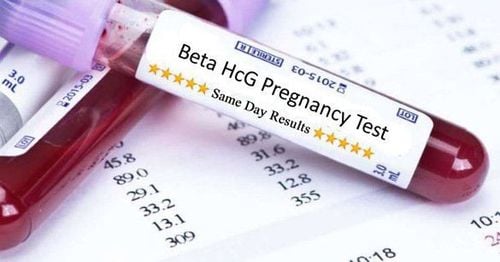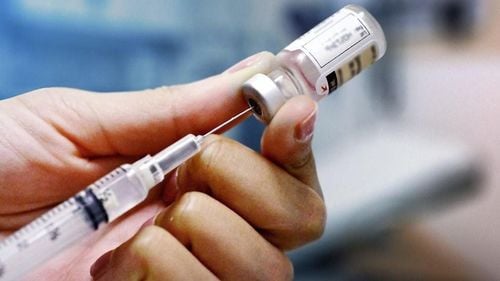This is an automatically translated article.
The article was professionally consulted with Master, Doctor Tran Thi Vuong - Doctor of Microbiology - Laboratory of Laboratory - Vinmec Hai Phong International General Hospital.Urine culture is considered the most important test in the diagnostic tests for UTIs. Urine culture results help doctors determine the level of infection, the type of bacteria causing the disease and the appropriate antibiotic to use in treatment.
1. What is a urinary tract infection?
Urinary tract infection (UTI) is an infection of the urinary tract characterized by the presence of bacteria in the urine.Urinary tract infections if not detected and treated promptly can lead to serious complications such as: kidney abscess, blood infection, kidney failure,...
Besides typical symptoms such as sadness urinating, urinating many times, urinating, urinating, urinating with cloudy color, bad smell, ... the patient also has other systemic symptoms such as fever, cold sores, chills, irritability... Some patients have urinary tract infections but are asymptomatic.
Elderly patients again manifest with changes in mood, digestive tract disorders, changes in eating habits,... Therefore, in addition to clinical symptoms, to diagnose the disease, doctors should will assign the patient to perform a number of tests such as total urinalysis, direct smear staining, urine culture. In particular, urine culture is considered the most important test, bringing decisive diagnostic value to urinary tract bacteria.
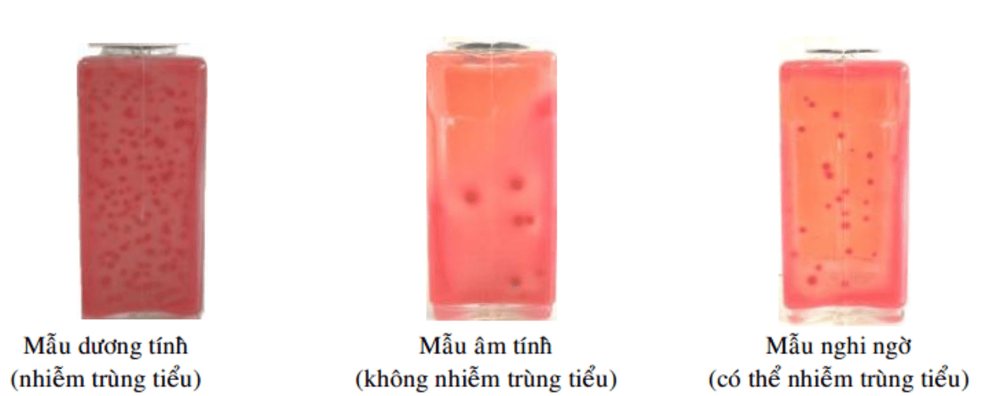
2. What is a urine culture?
The patient's urine sample will be cultured on nutrient agar to detect the presence of bacteria in the urine.2.1 How to collect a urine sample for culture A patient's urine sample can be collected in 3 ways as follows:
Midstream urine collection: The best time to collect urine is in the morning, because at this time bacteria had time to multiply in the bladder at night. The patient was instructed to clean the external genitalia. When starting to urinate, it is necessary to discard about 30ml of the first urine because this part of urine is often contaminated with bacteria residing in the urinary tract. Collect approximately 30 10 ml of the next urine volume into a wide-mouth sterile urine collection container, and close the lid tightly after the collection is complete. Collecting urine directly through the bladder catheter: The technician will use a small tube through the urethra to enter the bladder, urine will follow the tube to drain into a urine container. Needle aspiration on pubic bone, from kidney, ureter, bladder through surgical intervention. This is the most reliable method of obtaining a urine sample for urine culture. However, because it is difficult to perform, it is only conducted in some special cases such as children or adults with urinary retention. The urine container must be sterile and contain patient information along with a doctor's order and must be brought down to the laboratory within two hours for culture. If it is not possible to transport immediately to the laboratory, the sample should be stored in a refrigerator at 4oC for a maximum of 18 2 hours.
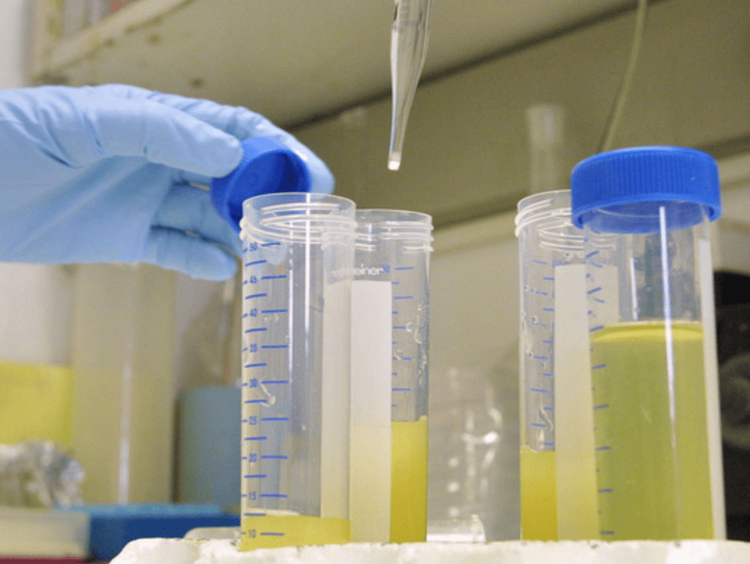
2.3 How to read urine culture results Agar plates will be incubated at 36+-5 oC for 24h-48h. If after 48 h there are no colonies growing on the agar plate: The urine culture result is negative.
If there is a result of bacteria growing on agar, divide the cases as follows:
2.3.1 Case 1 Bacteria culture <10 CFU/plate equals the number of bacteria < 104 CFU/ml, return the result. is : No bacteria causing urine infection were detected. However, in the following cases: a urine sample obtained from the bladder via a pubic biopsy or cystoscopy, a urine sample from a female patient with obvious signs of infection or a purulent urine sample, Further identification and antibiogram should be performed.
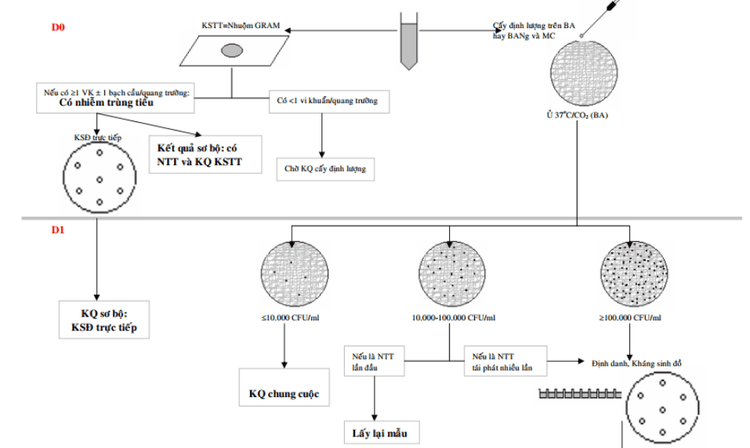
If the patient has no symptoms of a urinary tract infection: ask for a urine sample and re-culture. If the patient has symptoms of a urinary tract infection plus 1 or 2 cultures are found in the culture: identify the bacteria and make an antibiogram. If the patient has no symptoms of urinary tract infection or symptoms are not clear, the results of bacterial count, low white blood cell count: return the CFU + number, suggest taking a urine sample and re-culturing. 2.3.3 Field 3 Cultured bacteria >105 CFU/ml plus cultures with 1-2 types of bacteria: notify the number and consult with the treating doctor, identify and make antibodies spawn when required.
2.3.4 Case 4 If the culture sample contains more than 2 types of bacteria in cases 2 and 3, the urine sample has been adulterated and it is recommended to re-culture.
Conduct identification and make antibiogram with enough pathogenic strains to cause disease. For Burkholderia pseudomallei and group B Streptococcus, identification and antibiogram should always be performed regardless of the number of bacteria.
Yeast isolates from urine collected through catheter: perform a germ tube test and return identification results, recommend to consider removing the catheter.
Results of culture, identification and antibiogram help treating doctors understand the status of infection, bacterial pathogens and effective antibiotics on pathogenic bacteria. This makes the treatment more precise and effective.
Please dial HOTLINE for more information or register for an appointment HERE. Download MyVinmec app to make appointments faster and to manage your bookings easily.





